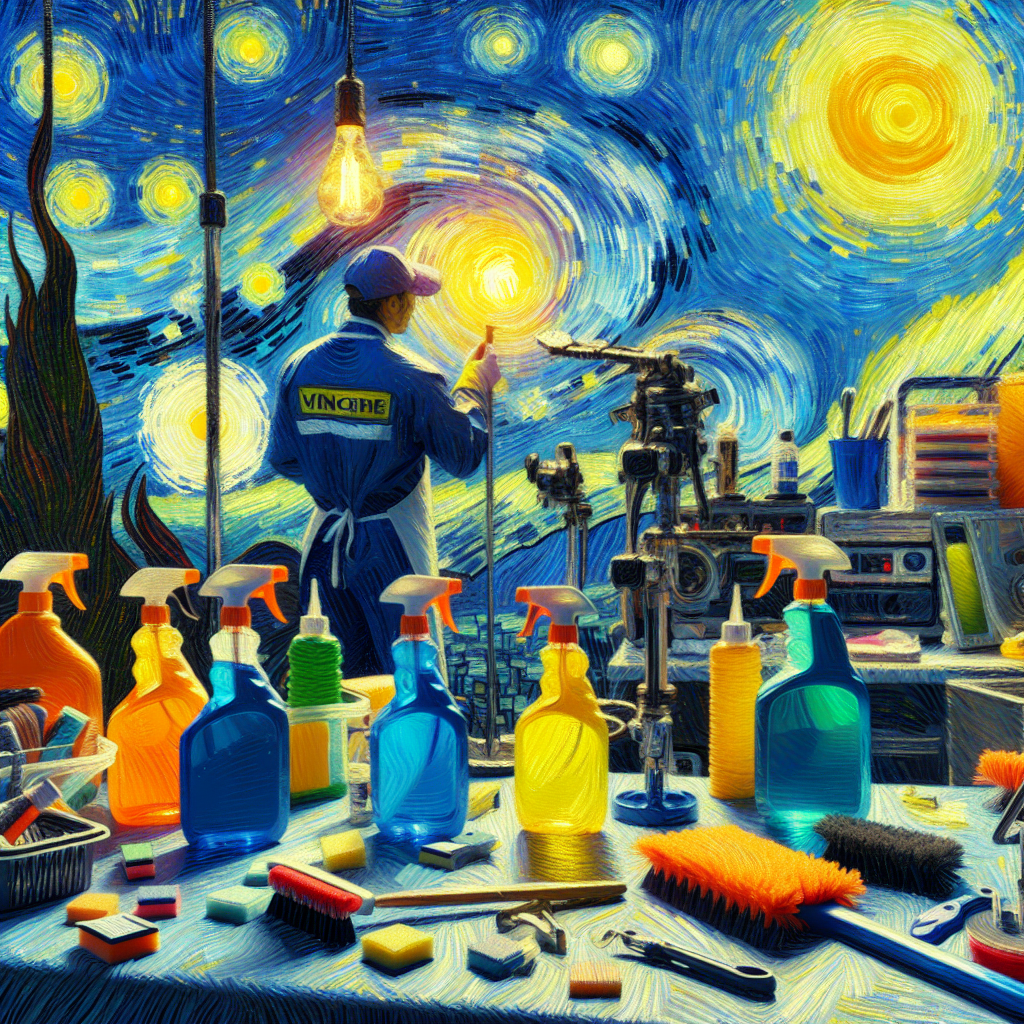In our comprehensive guide, discover crucial practices and strategies for maintaining safety and health compliance in cleaning operations within healthcare facilities. Learn about the importance of understanding regulatory requirements from organizations like OSHA, CDC, and EPA, detailing guidelines for cleaning practices and waste management. Education and training are highlighted as essential components, emphasizing the significance of infection control, chemical usage, and safety protocols for cleaning staff. The necessity of proper personal protective equipment (PPE) such as gloves, masks, goggles, and gowns is emphasized to safeguard against exposure to infectious materials and chemicals. Stay informed about the latest industry standards and reinforce best practices to uphold a hygienic environment and prevent infections effectively.
Maintaining safety and health compliance in cleaning operations, especially within healthcare facilities, is of paramount importance. Adhering to stringent standards not only ensures a hygienic environment but also plays a crucial role in preventing the spread of infections. In this guide, we will delve into essential practices and strategies to uphold safety and health compliance in cleaning operations within healthcare settings.
Understanding Regulatory Requirements
Healthcare facility cleaning professionals must have a comprehensive understanding of regulatory requirements set forth by organizations like OSHA, CDC, and EPA. These regulations outline specific guidelines for cleaning practices, chemical handling, waste management, and more.
Training and Education
Proper training and continuous education are key components of ensuring safety and health compliance in cleaning operations. Cleaning staff should be well-versed in infection control practices, proper chemical usage, equipment handling, and safety protocols.
Regular training sessions and workshops can help reinforce best practices and keep cleaning staff informed about the latest industry standards.
Personal Protective Equipment (PPE)
The use of appropriate personal protective equipment is non-negotiable in healthcare facility cleaning operations. Gloves, masks, goggles, and gowns are essential to protect cleaning staff from exposure to infectious materials and harmful chemicals.
Ensure that all cleaning staff are equipped with the necessary PPE and that they are trained on how to properly use and dispose of it.
Cleaning Protocols and Procedures
Establishing standardized cleaning protocols and procedures is crucial for maintaining consistency and quality in cleaning operations. Clearly defined protocols help ensure that all areas are thoroughly cleaned and disinfected according to industry standards.
Develop detailed cleaning checklists for different areas within healthcare facilities, outlining specific cleaning tasks and frequency.
Chemical Management
Proper chemical management is essential for both the efficacy of cleaning operations and the safety of cleaning staff and facility occupants. Cleaning professionals should be trained in the safe handling, storage, and disposal of cleaning chemicals.
Always follow manufacturer instructions when using cleaning chemicals, and ensure that all chemicals are properly labeled and stored in a secure location.
Equipment Maintenance
Regular maintenance of cleaning equipment is vital to ensure optimal performance and longevity. Malfunctioning equipment not only hinders cleaning effectiveness but can also pose safety risks to cleaning staff.
Create a maintenance schedule for cleaning equipment and conduct routine inspections to identify and address any issues promptly.
Risk Assessment and Mitigation
Conducting regular risk assessments helps identify potential hazards in the cleaning environment and allows for the implementation of mitigation strategies. Identifying risks proactively can prevent accidents and ensure a safe working environment.
Encourage cleaning staff to report any safety concerns or hazards they encounter during their work, and prioritize addressing these issues promptly.
"Safety and health compliance in cleaning operations is a shared responsibility that requires collaboration and commitment from all team members."
Regular audits and inspections are valuable tools for assessing safety and health compliance in cleaning operations. Conducting audits helps identify areas for improvement and ensures that cleaning practices align with industry standards.
By prioritizing safety and health compliance in cleaning operations, healthcare facilities can uphold a clean and hygienic environment that supports the well-being of both staff and patients.



